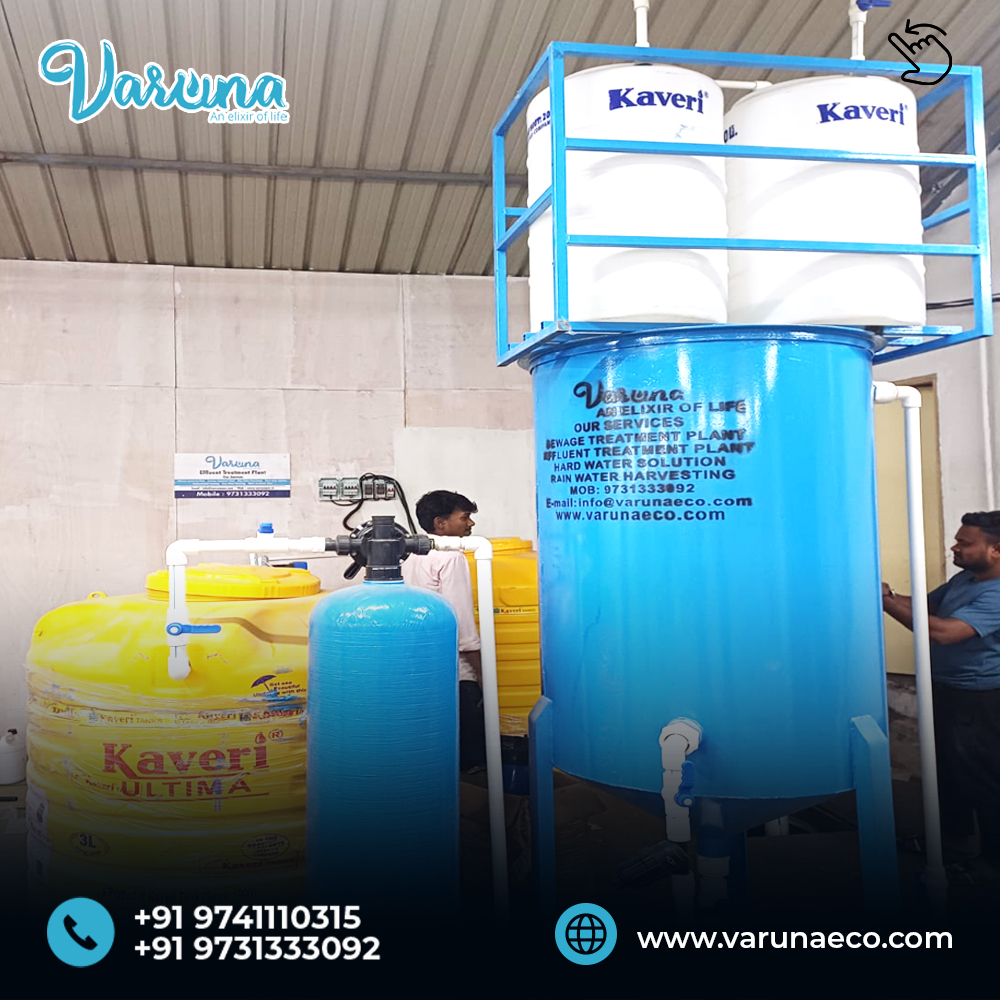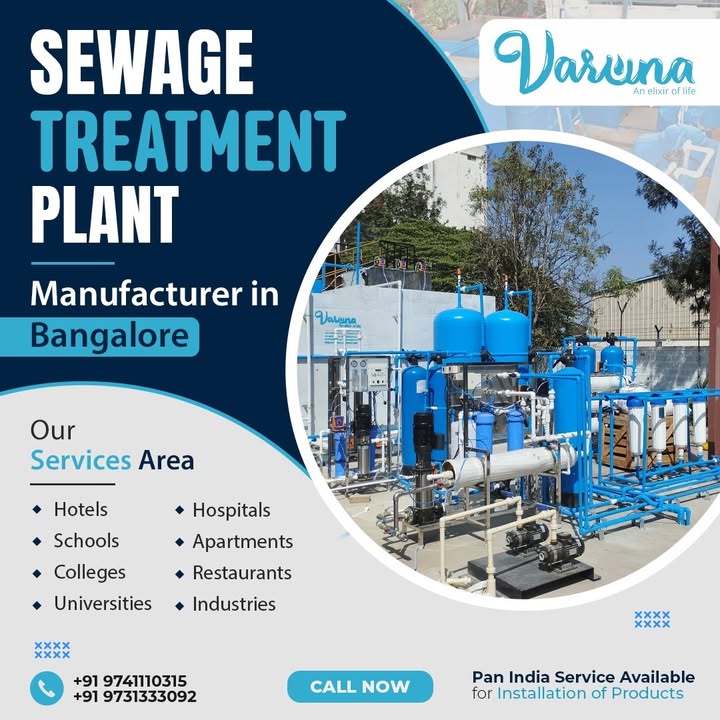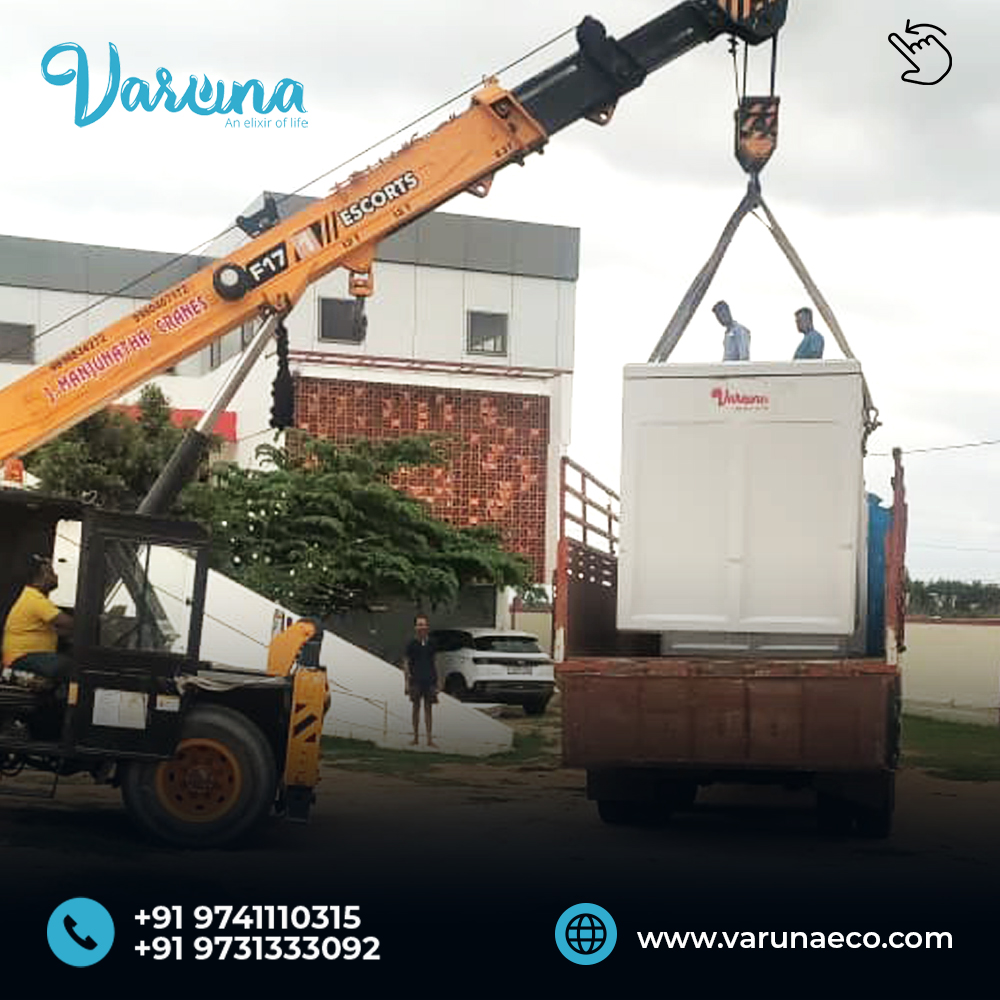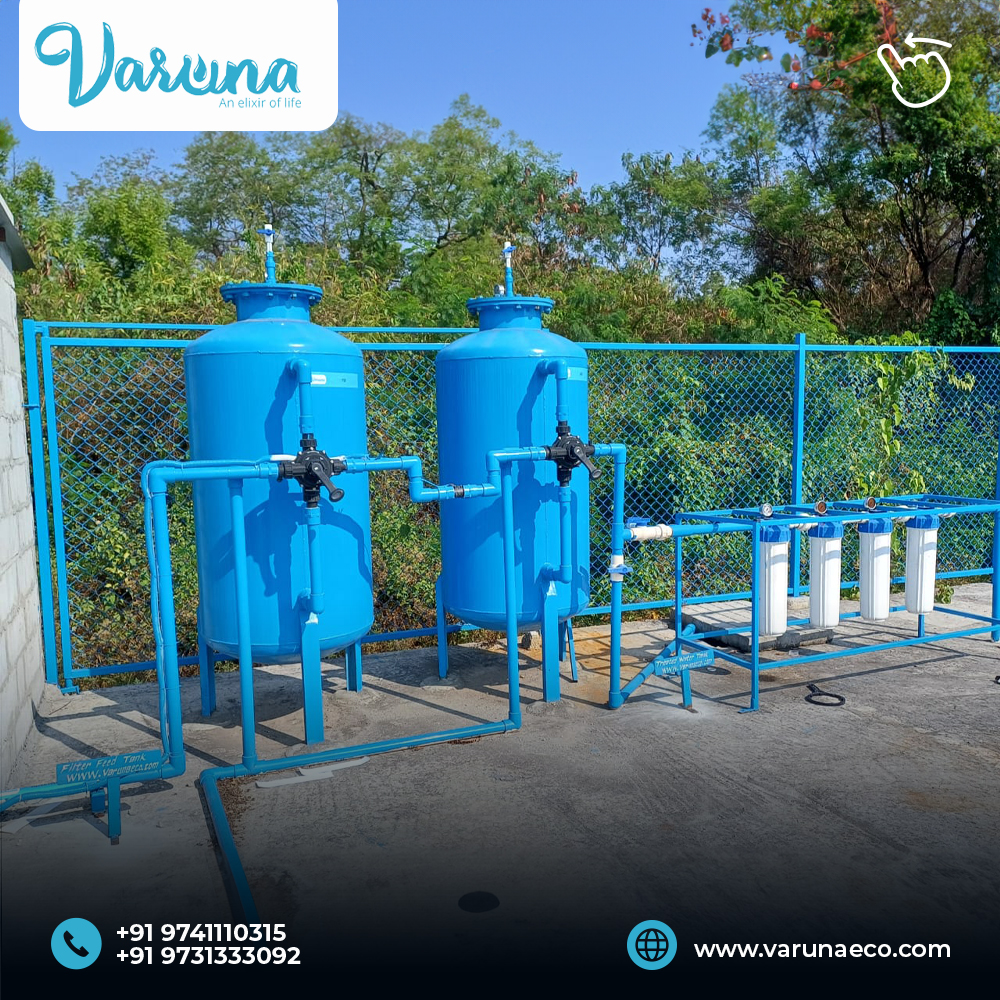
Scalable STP Solutions for Hospitals | Varuna Modular Systems
Tackle capacity challenges in hospital wastewater systems with Varuna’s scalable and modular STP technology for uninterrupted performance and compliance.
Introduction
Hospital waste is among the most difficult and perilous of effluents, not merely because of their organic and chemical load, but also owing to the increasing incidence of antibiotic-resistant bacteria (ARB) and antibiotic resistance genes (ARG). Such constituents pose a grave public health risk through superbug development and undermining of medicine treatment globally.
Conventional sewage treatment plants (STPs) are not effective against ARB and ARG, even though they can remove general organic pollutants. This has required an urgent hospital priority to advance their wastewater treatment facilities so that they will not spread antimicrobial resistance.
This article discusses the growing menace of ARB and ARG in hospital sewage, their implications on public health, and the way Varuna's advanced disinfection technologies such as ultraviolet (UV) treatment and ozonation offer effective solutions to modern hospital STP design.
Knowledge of ARB and ARG in Hospital Effluent
ARB are antibiotic-resistant bacteria, typically due to excessive use of antimicrobial drugs in hospitals. ARGs are genetic components that confer the bacteria with resistance to even the most potent antibiotics. Such resistance traits can be passed on to other bacteria through horizontal gene transfer.
Sources of ARB and ARG in Hospital Wastewater
-
Patient excreta following antibiotic treatment
-
Surgical and isolation ward waste
-
Pharmaceutical waste and spent drug residues
-
Diagnostic laboratories and microbiology laboratories
-
Hospital laundry and general sanitation
Types of Common Resistant Bacteria
-
Methicillin-resistant Staphylococcus aureus (MRSA)
-
Vancomycin-resistant Enterococci (VRE)
-
Carbapenem-resistant Enterobacteriaceae (CRE)
These microbes have been found to survive conventional treatment and can resurface in aquatic ecosystems, eventually returning to the human food and water supplies.
Why Conventional STPs Fail to Remove ARB and ARG
Hospital STPs using conventional treatment technologies like the Activated Sludge Process (ASP), trickling filters, or oxidation ponds lack the equipment to inactivate pathogens and genetic materials at the molecular level.
Weaknesses of Conventional Treatment
-
Gene transfer is preferred over its destruction by biological reactors
-
Small ARG fragments are not removed by settling tanks and clarifiers
-
Limited efficiency and potentially toxic by-product formation by chlorination-based disinfection
-
Process is not scalable and uniform in the event of mixed loads
Even those hospitals that comply with CPCB norms for BOD, COD, and TSS may fail to eliminate ARB and ARG, posing silent risks to the public.
Public Health and Environmental Impacts
Discharging untreated or inadequately treated hospital wastewater into natural bodies of water or municipal sewers creates a ripple effect.
1. Waterborne Transmission
Contaminated rivers and lakes used for irrigation, bathing, or drinking provide a pathway for resistant bacteria transfer.
2. Agriculture Impact
ARGs imported through irrigation impact microbes in soil, leading to food chain resistance.
3. Menace to Medicines
Resistance transfer elevates hospital-acquired infections, therapy failure, and mortality levels.
4. Global Resistance Crisis
WHO is convinced that antimicrobial resistance (AMR) is capable of accounting for 10 million fatalities worldwide annually by 2050, if it's not curtailed.
CPCB Guidelines on Microbial Discharge
The Central Pollution Control Board (CPCB) recommends that hospital effluent should not just meet physical and chemical criteria but also meet:
Removal of Fecal Coliforms < 400 MPN/100 ml
Treatment of emerging contaminants like ARB/ARG
Prevention of re-entry of resistance genes into municipal STPs or environments
Hospitals that do not comply with these standards can be legally punished, subjected to public litigation, and denial of expansion licenses.
Varuna's Advanced Disinfection Solutions for ARB and ARG Removal
Varuna leads the way in designing STPs with tertiary disinfection units targeting bacterial DNA and resistance genes.
1. Ultraviolet (UV) Disinfection Systems
Ultraviolet germicidal irradiation uses UV-C light (254 nm wavelength) to inactivate microbial DNA. It prevents cell replication, making both ARB and ARG useless.
Benefits:
Eliminates >99% of pathogens such as superbugs
Effective against viruses and protozoa
Chemical-free and eco-friendly
Low maintenance with automatic controls
2. Ozonation Technology
Ozone (O3) is a powerful oxidant that destroys bacterial cell walls and dissolves genetic material.
Benefits:
Neutralizes ARG and trace drugs
Improves effluent clarity and odour
No toxic residues in treated water
Increases efficacy of tertiary treatment
3. Hybrid Tertiary Modules (UV + Ozone)
Our hybrid disinfection system provides complete protection by applying:
MBR for preliminary polishing
Ozone for oxidation
UV for final microbial assurance
This integrated approach ensures multi-layered pathogen killing and ARG removal.
-
Technical Workflow of Varuna's ARB-Targeted Treatment
-
Wastewater Inflow Analysis
-
Primary Screening and Equalization
-
Biological Treatment (MBBR or MBR)
-
Tertiary Disinfection (UV and/or Ozone)
-
Treated Water Reuse or Safe Discharge
-
Real-Time Sensor Monitoring of Microbial Load
Every unit is bed-counted in accordance with the hospital bed number, water usage pattern, and antimicrobial load.
Smart Monitoring and Remote Diagnostics
Every Varuna STP has integrated smart IoT panels offering:
-
Microbial load monitoring before and after treatment
-
Daily compliance report
-
Parameter deviation sensor alert
-
Monthly microbial audit generation
These are the tools which help hospitals stay ahead of the CPCB regulation and be predictive towards the threats of contamination.
Benefits of Choosing Varuna's ARB & ARG Mitigation Technology
Regulatory Compliance: Assured compliance with microbial discharge requirement
Public Health Safety: Minimized risk of resistant infection spread
Brand Reputation: Green healthcare credentials and patient trust
Operational Savings: Less fines and maintenance
Sustainable Water Use: Reuse in flushing, gardening, and HVAC
Hospitals also become eligible for ESG credits, green hospital certifications, and local civic body awards.
Client Success Story: STP Upgrade in Bengaluru
A 400-bed multi-specialty hospital in Bengaluru was suffering from high resident complaints and odour pollution along with high bacterial loads. Even though they were in compliance with the chemical discharge norms, their microbial discharge was not in compliance.
Varuna's Intervention:
Replaced ASP with MBBR + UV + Ozonation
Used real-time bacterial load monitoring
Combined discharge analytics with Karnataka SPCB portal
Results Achieved:
Fecal Coliforms < 100 MPN consistently
Reuse of 65% of treated water
Zero odor and positive environmental audit feedback
Ongoing Support and AMC Services
Varuna provides continued performance of your disinfection systems through:
Quarterly microbial lab testing
24/7 IoT-based health diagnostics
Operator training on ARB safety practices
Cloud-accessible audit reports and backups
Our AMC ensures your hospital never falls out of microbial compliance.
Why Varuna is Your Best Defense Against Superbugs in Wastewater
India's leading hospital-grade STP solution provider
Established efficiency in ARB and ARG removal
Tertiary modules with plug-and-play feature for existing STPs
NABH/ISO audit requirement-led custom engineering
Future-proof scalable with patient flow designs
Conclusion
Antibiotic resistance is among the most pressing public health emergencies of our time, and hospital wastewater is a major contributor. Traditional STPs are no longer sufficient. With the adoption of Varuna's next-generation UV and Ozone disinfection technologies, healthcare facilities can safeguard community health, guarantee regulatory compliance, and facilitate sustainable water reuse.
We can make your hospital wastewater superbug-free.




